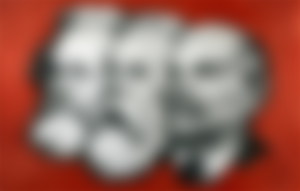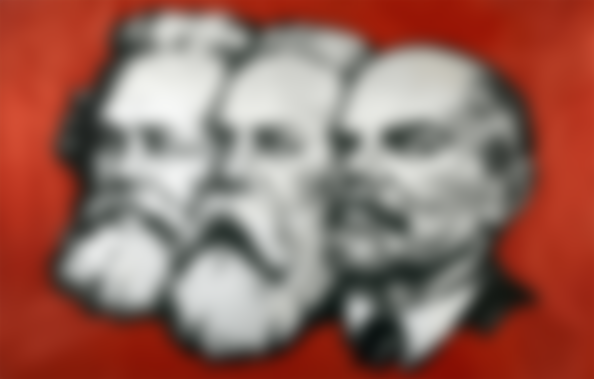In the version of Marx-Ricardo, the category of "Plus value" is born from the value of work (w), making the Price (p) of all merchandise worth the added work plus a fraction of this: P = w + r (w ). Capital, then, is defined as an accumulation of surplus value

When a capital (mass of money) is used or invested in the processes of production and sale of goods, capital reappears. If at the end of the process you have the same amount, the process, in the language of Marx, will be "simple reproduction". If the monetary amount is higher at the end, there will be a process of "expanded reproduction". This last process will be the characteristic of the economic system called CAPITALIST, this theory, in synthesis, the circulation of money, in the long run, becomes the circulation of capital.
The circuit version includes both goods and money. As production determines two general types of goods, consumer goods (c) and investment goods (I), and these are accumulated in the extended process, beyond what is necessary to replace capital assets spent by depreciation, in the long run there will be overproduction. This causes the congenital "Crisis" of the system.
But also, according to Marx, this crisis will be inevitable since competition makes the financial amortization of capital accelerate (precipitated obsolescence), that is, it is greater than the depreciation or physical wear and tear to introduce the necessary innovations to remain in the market. Thus, the search for productivity makes the profit (B) to be retained (surplus or surplus value) greater than wages (w), making the crisis of overproduction or underconsumption inevitable in the long run.
Consulted sources: Capital Volume 3, Economic Theory of Karl Marx (Robert Freedman), Alternative Economy (Luis Mata Molleja)

Have you read all 4 volumes of "Capital" or fragments ?